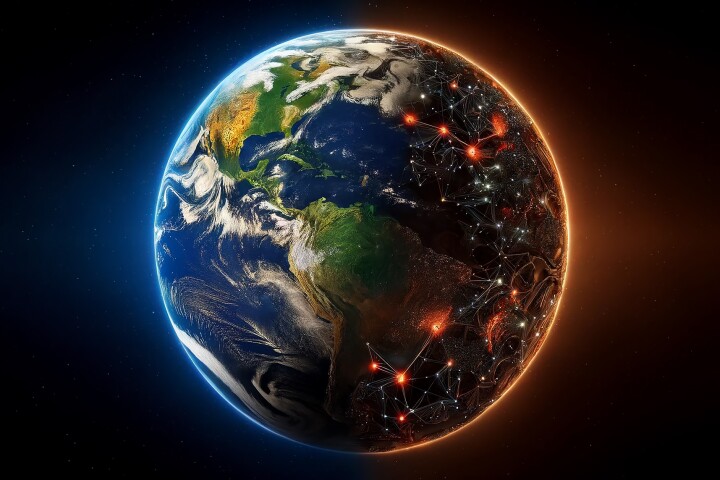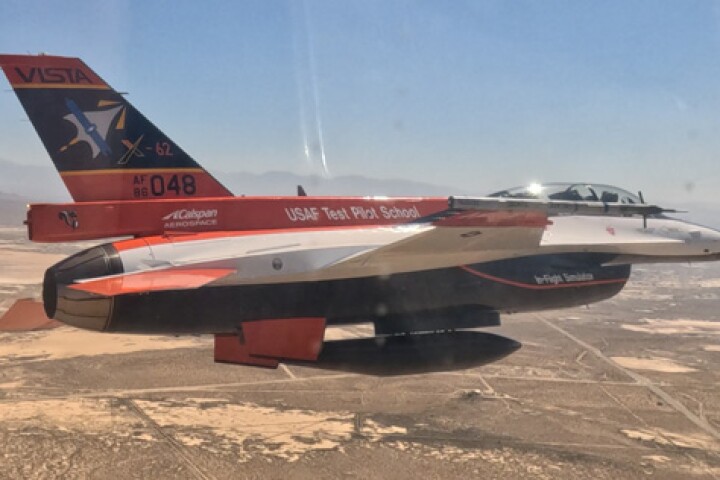Municipalities regularly have to check for pollution in local waterways, often utilizing crews of workers in boats. The new Nixie system is intended to make things much quicker, simpler and ultimately cheaper, using a water-sampling drone instead.
Developed by New York-based startup Reign Maker, the hardware end of the setup consists of the pole-like Nixie Base sampling device, that has a docking mechanism at the top and a 500-ml (16.9-oz) water collection bottle in a lockable holder at the bottom. It's designed to work with a client-supplied and -operated DJI Matrice 600 or Matrice 300 RTK multicopter drone – for an extra fee, Reign Maker will provide a pilot and drone.
In either scenario, the drone's operator begins by hovering the copter over another shore-based worker, who attaches the Base to the undercarriage of the unmodified aircraft. Attaching it involves simply pulling down on a lever at the bottom of the Base to open its docking mechanism, making sure that the mechanism is properly engaged with the drone, then releasing the lever to close and secure it.
Once this has been accomplished, the drone is flown out over the body of water, with the Base protruding vertically beneath it. The pilot then lowers the aircraft so that the collection bottle is submerged 2 feet (0.6 m) below the surface, after which they just fly the drone back to the shore, where the full bottle is removed and an empty one is swapped in for the next sample.

According to the company, each sample can be gathered and returned within less than three minutes, in currents of up to 5 knots (6 mph, 9 km/h). Additionally, an accompanying app is able to track the GPS coordinates at which each sample is taken, so that subsequent samples can be obtained from the exact same places.
"The New York City Department of Environmental Protection alone collects 14,000 water quality samples a year, collecting 30 samples a day using boats, captains, and a crew of three at an average cost of $100 per sample," says Reign Maker CEO Jessica Chosid. "With Nixie, a crew of two can collect 120 samples in the same seven-hour shift, at a cost as low as $10 per dip."
The Nixie Base is available now for preorder, priced at US$850 – an Advanced model is also in the works, which will actually analyze water samples as opposed to just collecting them. And of course, there is the cost of the drone to consider – the DJI Matrice 600 is priced at $6,599, while Matrice 300 RTK goes for $13,200.
You can see the system in use, in the following video.
Source: Nixie






